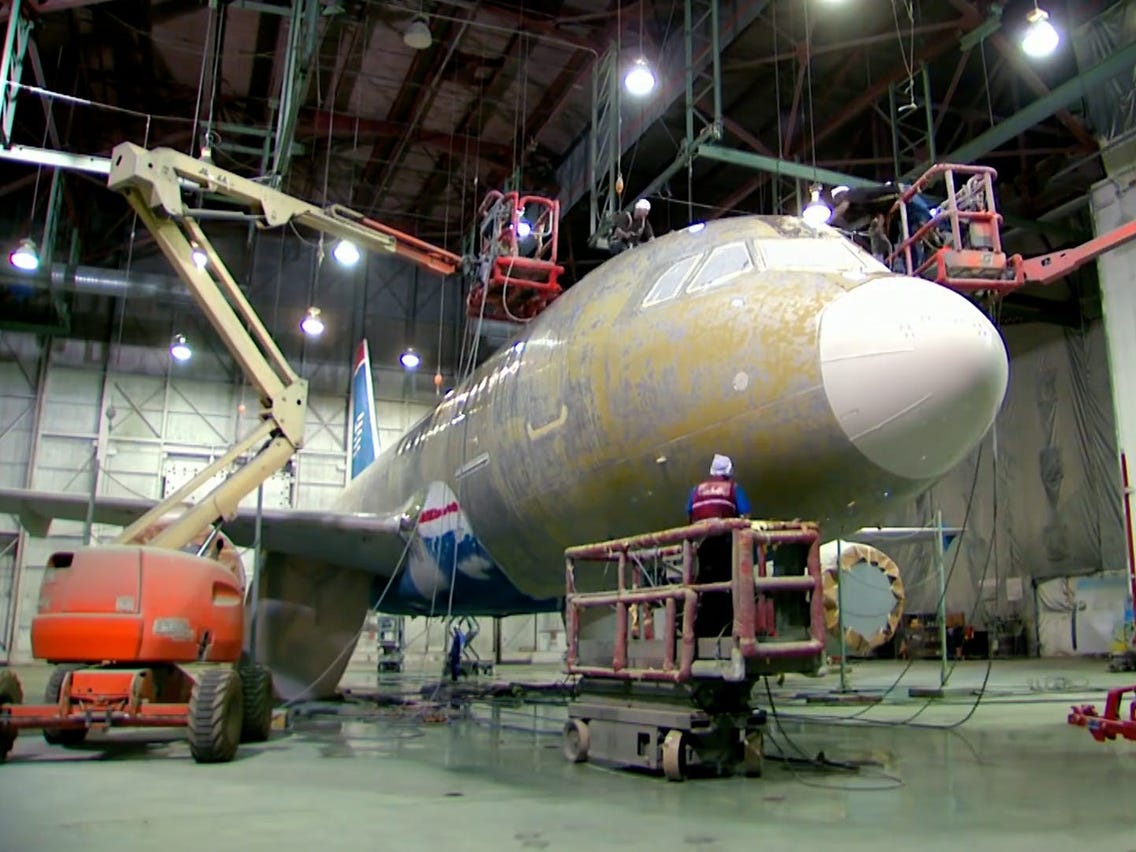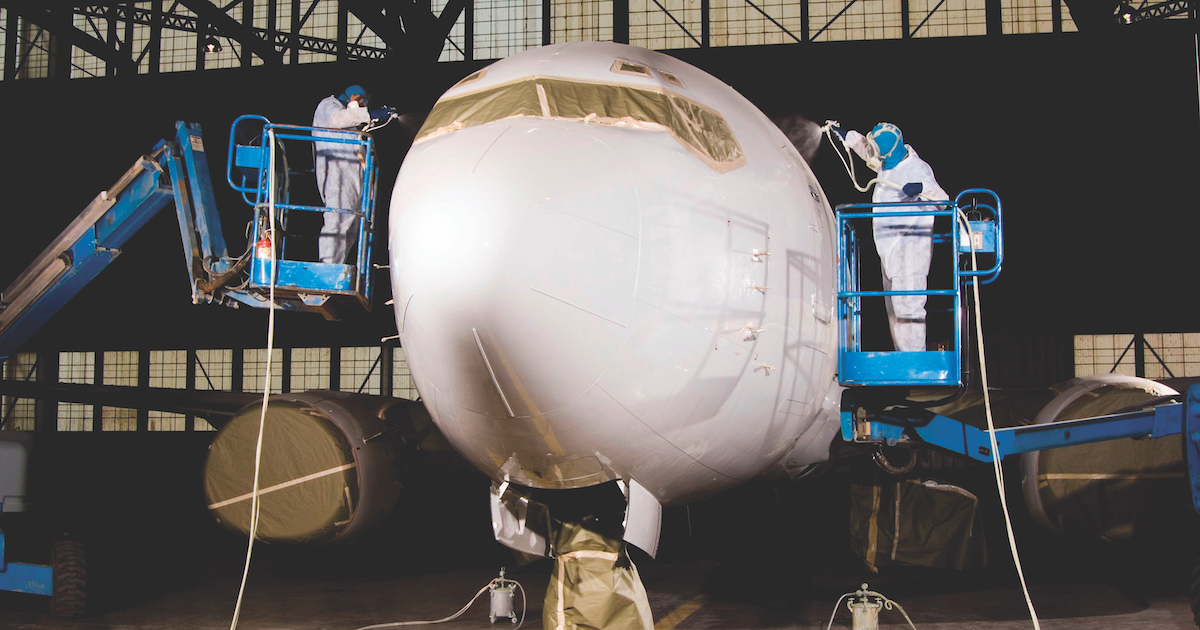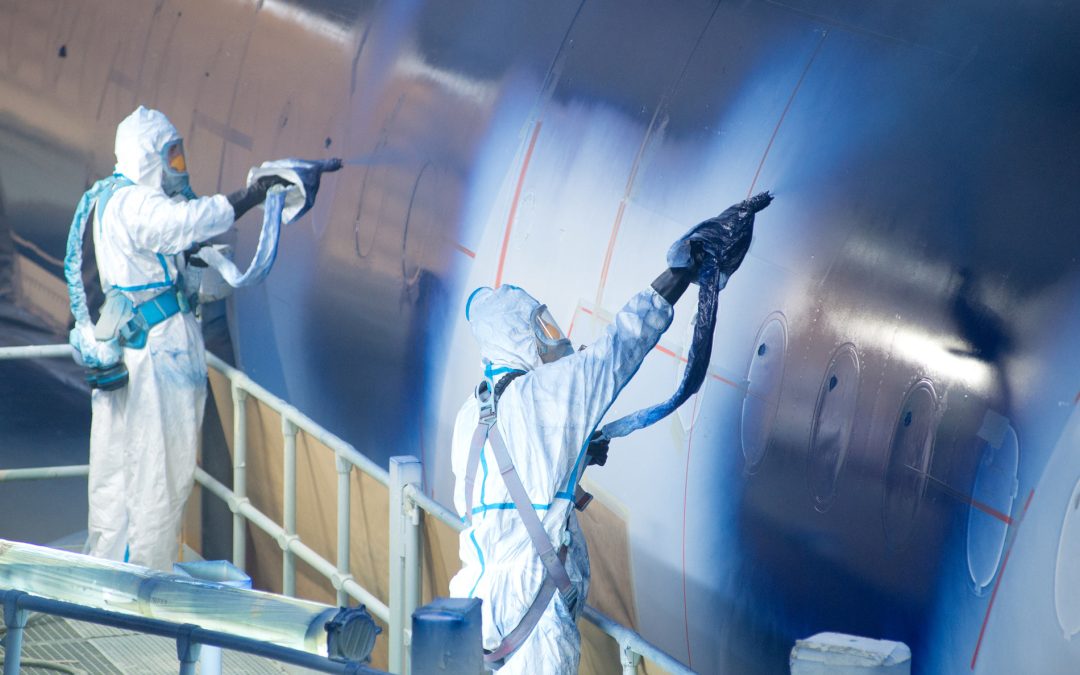In the constantly evolving aerospace industry, achieving superior quality in aircraft paint and coating is essential. Through the power of automation, industry professionals can now ensure even higher standards. This article delves into the transformative impact of automation in improving the paint and coating quality for aircraft.

1. Introduction to Aircraft Paint and Coating
The role of aircraft paint and coating goes beyond aesthetics. It protects the aircraft from harsh environmental conditions, corrosion, and wear and tear, thus playing a critical role in aircraft longevity and performance.
2. Traditional Methods Versus Automation
Historically, the aircraft painting process was manual, involving a significant amount of human labor. However, with automation, the industry is witnessing a tremendous shift towards efficiency and higher quality outcomes.
2.1 Limitations of Manual Methods
Manual procedures are often susceptible to human error, inconsistencies, and longer processing times. These limitations have driven the industry towards automated solutions.
2.2 Advantages of Automation in Paint and Coating
Automation offers precision, repeatability, and speed. Additionally, it significantly reduces human error and improves coating consistency, resulting in a superior finish and enhanced protection.
3. Advanced Technologies in Automated Coating Systems
Several advanced technologies are being incorporated into automated systems to enhance aircraft coating quality. These include robotic arms, laser scanners, and AI-driven analytics.
3.1 Robotic Arms
Robotic arms provide precision and control, ensuring uniform application of paint and coatings. They help in consistent coverage, even in hard-to-reach areas.
3.2 Laser Scanners
Laser scanners are used to measure and verify coating thickness. This technology ensures that each layer is applied within defined tolerances, maintaining optimum protection and aesthetics.
4. The Role of AI in Paint and Coating
Artificial Intelligence (AI) is revolutionizing the aircraft painting process. By analyzing data from previous coatings, AI enables predictive maintenance and improves application techniques.
4.1 Predictive Maintenance
AI can predict potential issues before they become problems, reducing downtime and improving efficiency.
5. Economic Benefits of Automation
The economic impact of automation in aircraft painting and coating is significant. Reduced labor costs, faster turnaround times, and fewer material wastes contribute to overall cost savings.
6. Enhancing Environmental Sustainability
Automation not only generates economic benefits but also helps in reducing environmental impact. Precise application means less wastage of paint and solvents, leading to a reduction in harmful emissions.
7. Industry Standard Compliance
Automated systems can be programmed to adhere to international standards, ensuring compliance and enhancing safety and quality assurance.
7.1 Meeting Regulatory Requirements
Adherence to stringent regulatory standards is easier with automation, as systems can be calibrated for accuracy and consistency.
8. Case Studies and Real-World Applications
Several industry leaders have adopted automated painting and coating systems with tremendous success. For instance, advanced robotic systems have resulted in improved efficiencies for major aerospace manufacturers.
8.1 Success Stories
Companies such as [Sherwin-Williams Aerospace](https://industrial.sherwin-williams.com/na/us/en/aerospace.html) (external link, nofollow) have demonstrated significant improvements in quality and turnaround times through automation.
9. Overcoming Challenges in Automation
While automation presents numerous benefits, it is not without challenges. High initial costs and the need for specialized training are among the primary concerns.
9.1 Addressing Initial Costs
Despite the high initial investment, the long-term savings and improvements in quality offset the costs, making it a feasible option for many companies.
10. Future Trends in Aircraft Painting and Coating Automation
The future of aircraft painting and coating is undoubtedly tied to advancements in automation. Emerging trends include the use of drones for inspections and 3D printing technologies for material application.
10.1 Use of Drones
Drones offer the ability to inspect and even paint aircraft in areas that are difficult to reach, improving safety and efficiency.
11. Conclusion
In conclusion, the adoption of automation in aircraft paint and coating is a game-changer. From improving quality and consistency to providing economic and environmental benefits, the impact is profound.

FAQ
What are the benefits of automating aircraft paint and coating?
Automation enhances precision, reduces human error, and improves efficiency, leading to higher quality finishes and significant cost savings.
How does AI contribute to the aircraft painting process?
AI enables predictive maintenance and improves application techniques by analyzing historical data, ensuring optimal performance and longevity.
What are the environmental benefits of automation in aircraft coating?
Automation reduces paint and solvent wastage, leading to fewer harmful emissions and a more sustainable process overall.
